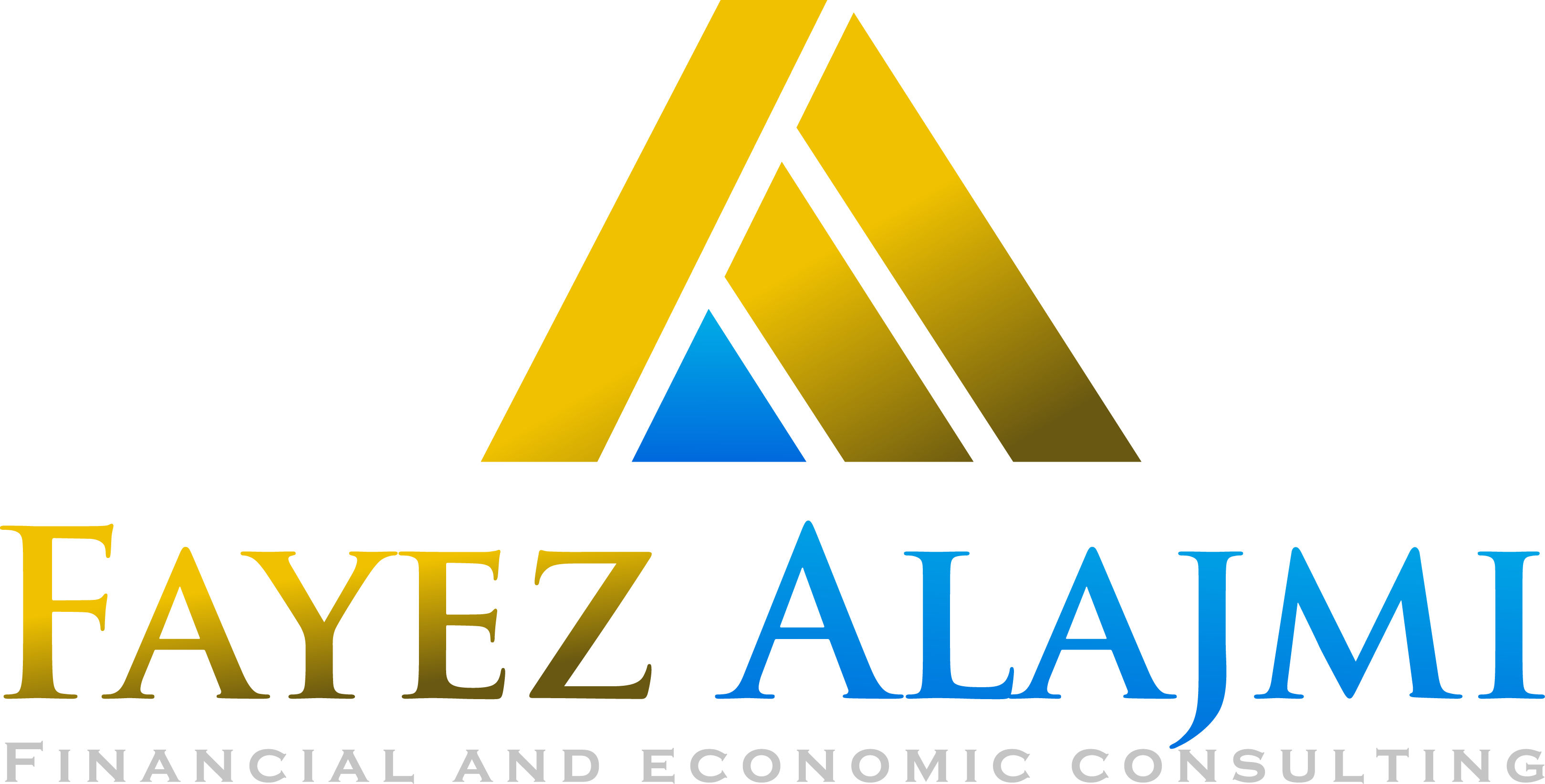US inflation figures top the events
of the week European Central Bank and raised interest rates by 50 basis points
An emergency meeting of the Federal Reserve raises the risk appetite in the markets
Separate economic data
After the meetings of the three central banks (Aussie – Bank of Canada – Bank of State) in addition to Jerome Powell’s testimony before Congress and US and Canadian employment figures topped last week’s events, financial markets return in a new week and new economic figures will cast a shadow over this week’s trading, topped by US inflation numbers and the Bank’s meeting European Central and labor market figures from Australia, in addition to some scattered figures.
US inflation figures
It is expected that the US inflation figures will be announced tomorrow, Tuesday, in the American session, where expectations indicate that the index concerned with measuring inflation (CPI) may decline to 6% in February, on an annual basis, from 6.4%, and that the main index will decline to 0.4%
. US inflation numbers this week are especially important after Jerome Powell’s recent statements to Congress that the Fed has not yet determined the interest rate hike in March and that it will depend on the economic figures issued and was hinting at employment and inflation numbers this week and thus the slowdown in inflation in February may confirm to the markets that the Fed is going to raise The interest rate is 25 basis points, and it reduces the expectations of the peak of inflation, and vice versa, in the event that it came against expectations and rose.
Futures expectations using the FEDWatch tool from CME are now seeing a 25 basis point hike in interest rates at the March meeting, by about 98.2%, after expectations rose by 50% in the middle of last week to more than 75%, before retreating by the end of the week and this morning after the silicon crisis The Federal Reserve intervened and the markets are waiting for inflation numbers tomorrow to confirm these expectations or change their expectations again.
European Central Bank
The European Central Bank will meet Thursday, March 17th, in the European session to discuss developments in monetary policy and interest rates, as the bank is expected to raise interest rates by 50 basis points, to reach 3.5% almost certainly, after an earlier confirmation from Christine Lagarde.
The latest reading of inflation in February came at an increase of 8.5% year on year, with the initial increase of 8.6% in the January reading, while the main index, excluding food and energy prices, rose to 5.6% in February, compared to 5.3 in the January reading. The bank’s interest statement will accompany the bank’s members’ quarterly forecasts for inflation, growth and unemployment in the second quarter of this year. Investors will watch the tone of Christine Lagarde and her future expectations for interest rates, as the levels of peak expectations for the European Central Bank interest rate are still at 4%.
This raise and evaluated in March.
Risk Appetite, Silicon Valley Bank, and Fed Intervention The collapse of Silicon Valley Bank SVB at the end of last week’s trading hit the risk appetite in the markets and raised the markets’ fears that we are witnessing a financial crisis similar to the collapse of Lehman Brazar and the financial crisis of 2008.
The US Federal Reserve held an emergency session this morning as a result.
The Federal Reserve announced an emergency loan program for banks to mitigate the risks of contagion from the SVB crisis this morning, according to which it will protect all the money of depositors in the bank.
The market lost it in the last two sessions last week, as the US markets are trading at gains of more than 1% in pre-opening trading.
Separate data that we follow during the week
Tomorrow, Tuesday, we will monitor the labor market figures from the United Kingdom in the European session, while we will follow the US inflation figures in the American session. On Wednesday, we will monitor retail numbers, industrial production, and the unemployment rate from China in the Asian session, while the balance sheet discussion from England will lead the events of the European session. The producer price index, retail sales, and industrialization index will be announced from New York in the American session.
Thursday, we will be with the labor market numbers from Australia (change in employment – unemployment rate) in the Asian session, while the weekly unemployment benefits numbers and the Philadelphia Manufacturing Index will be released from the US economy in the American session, in addition to the European Central Bank meeting Inflation figures in the final reading for the month of February from the eurozone top the events of the European session at the end of the week’s trading on Friday, while we will monitor the consumer confidence index and inflation expectations in the American session.

 13 March، 2023
13 March، 2023
 ابحاث السوق
ابحاث السوق
 Views
: 659
Views
: 659
